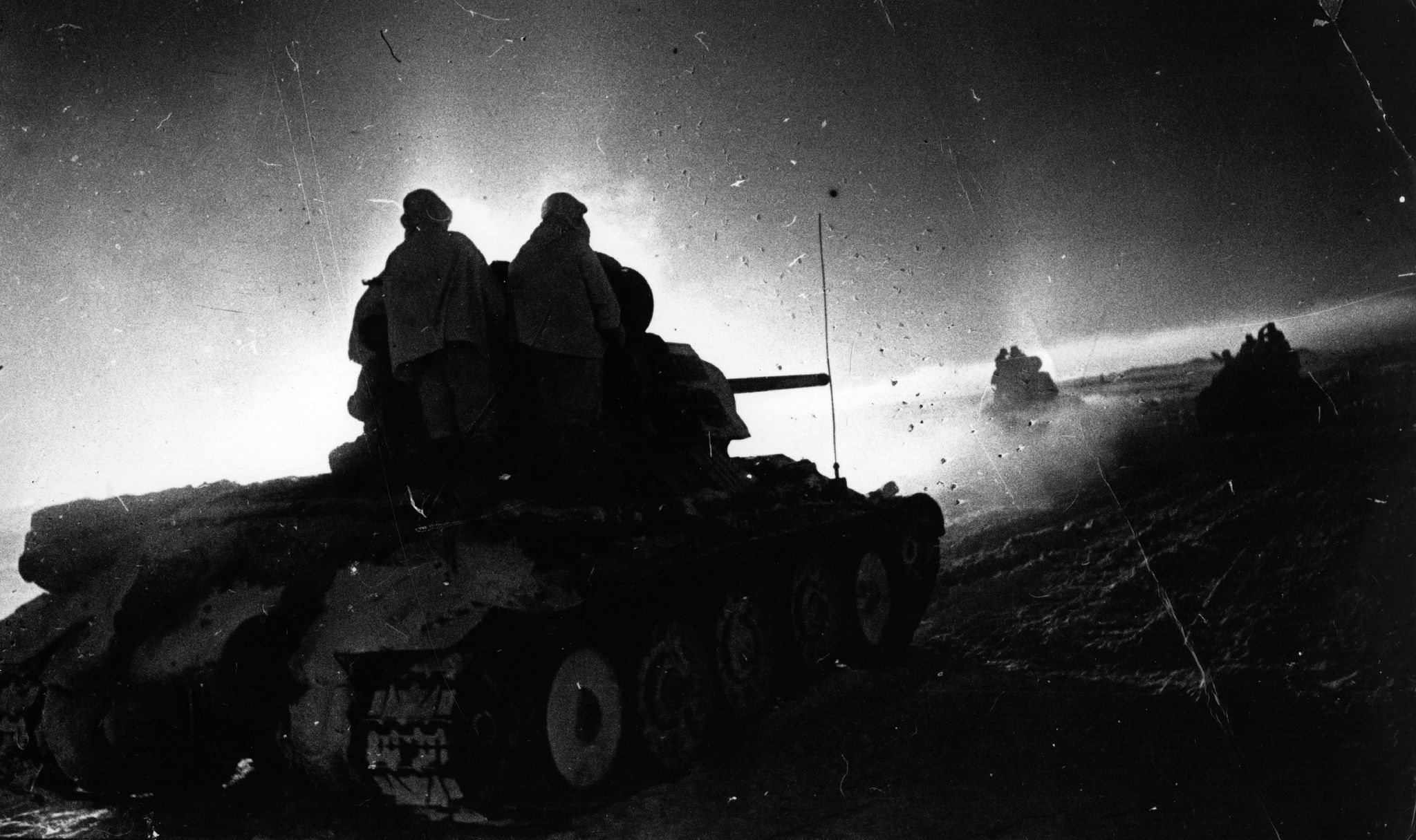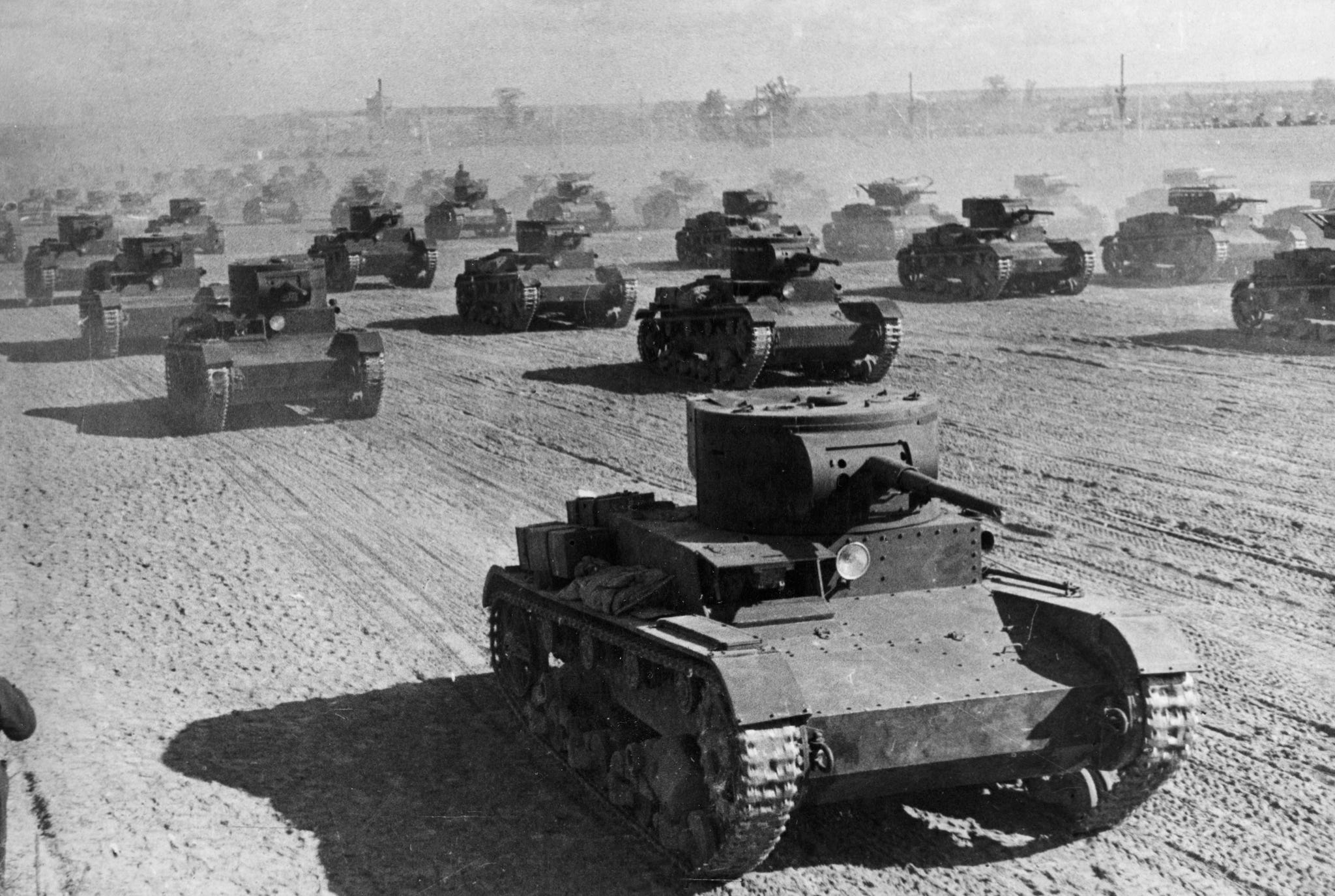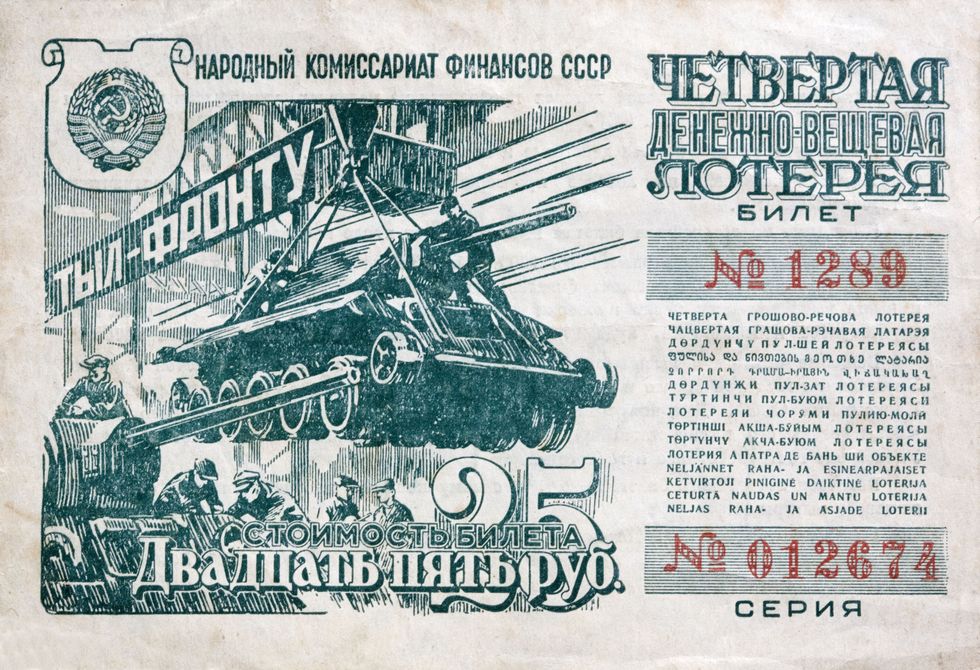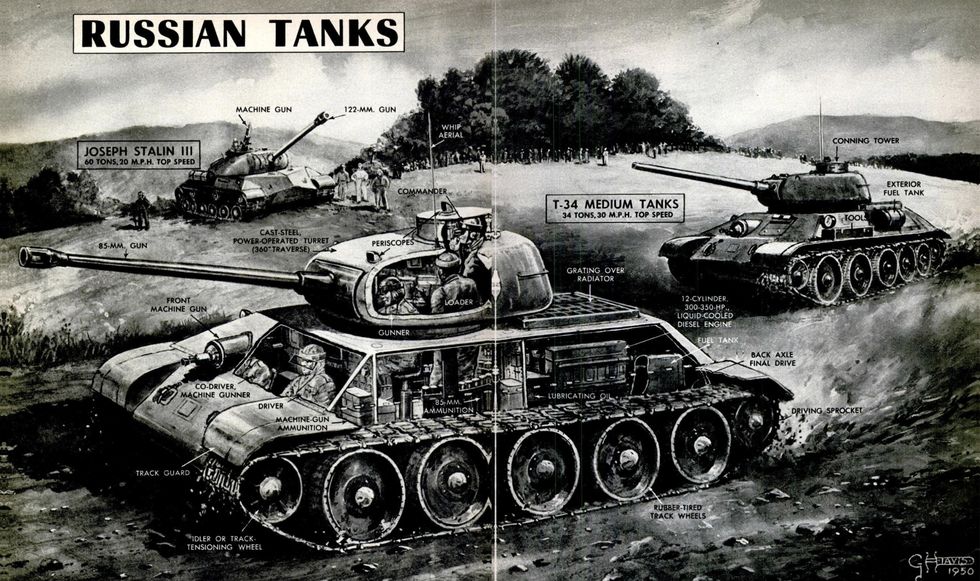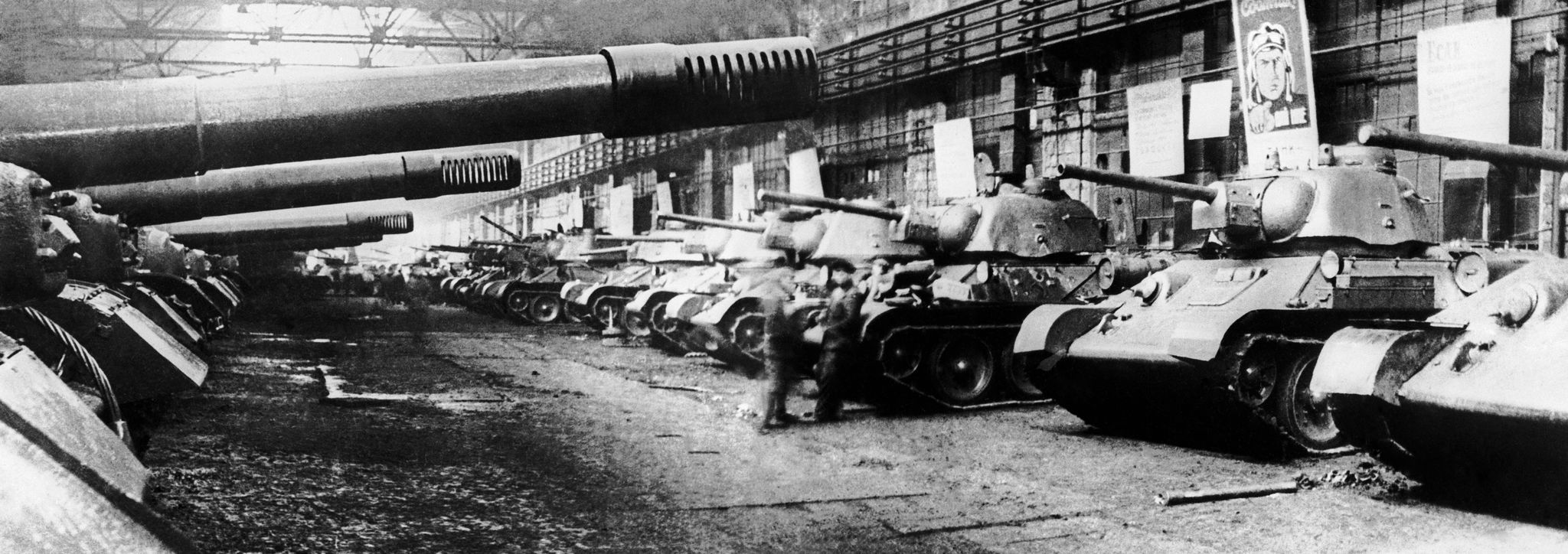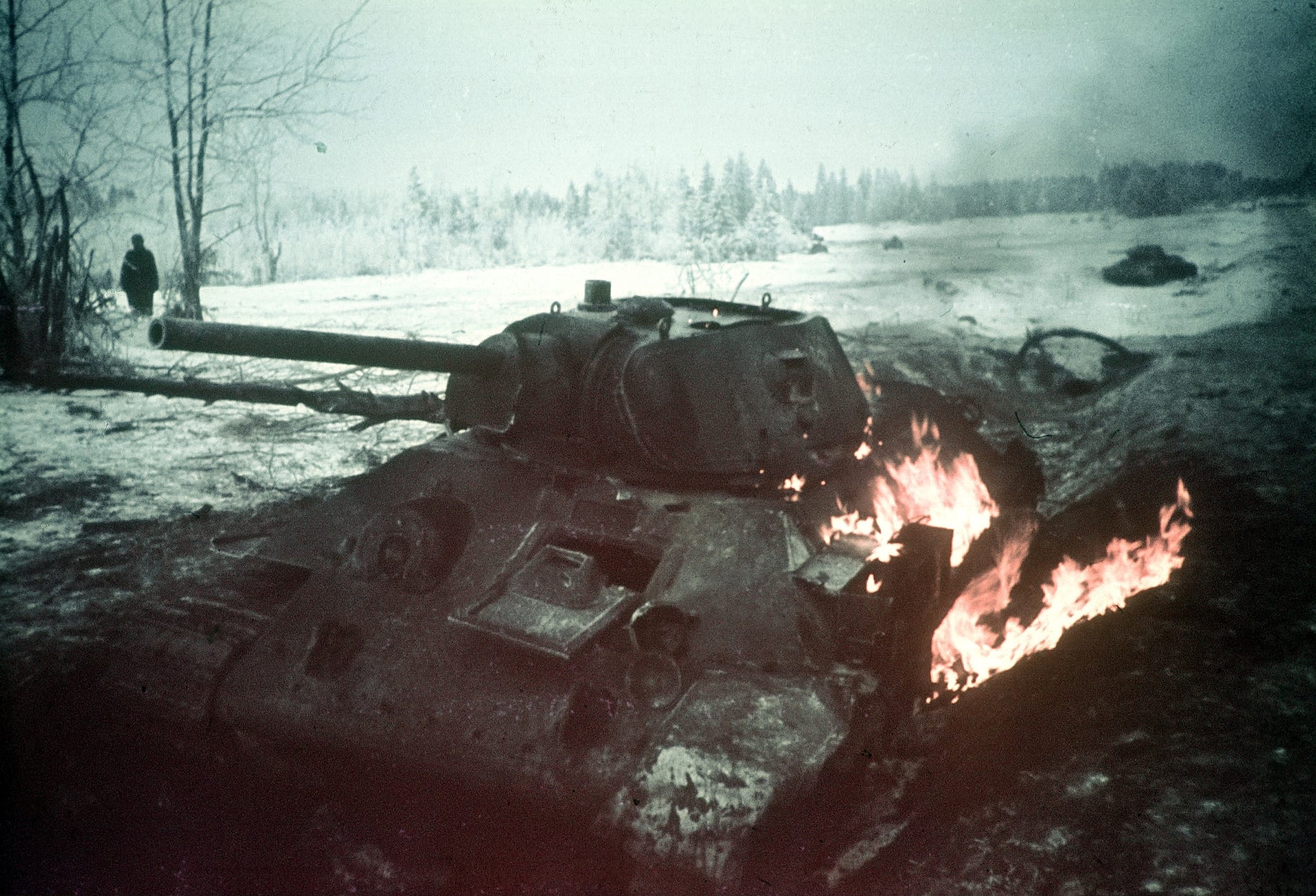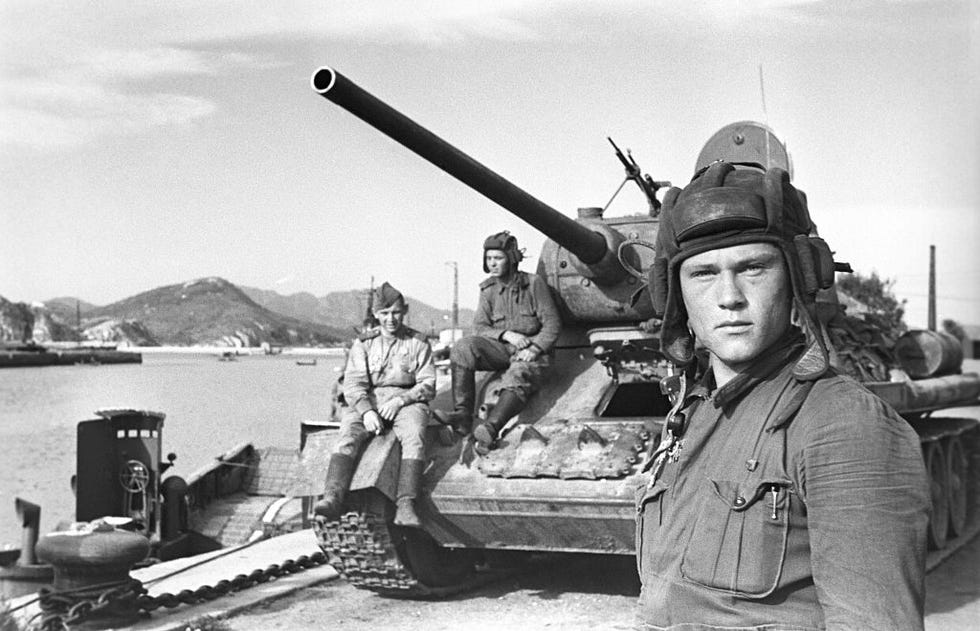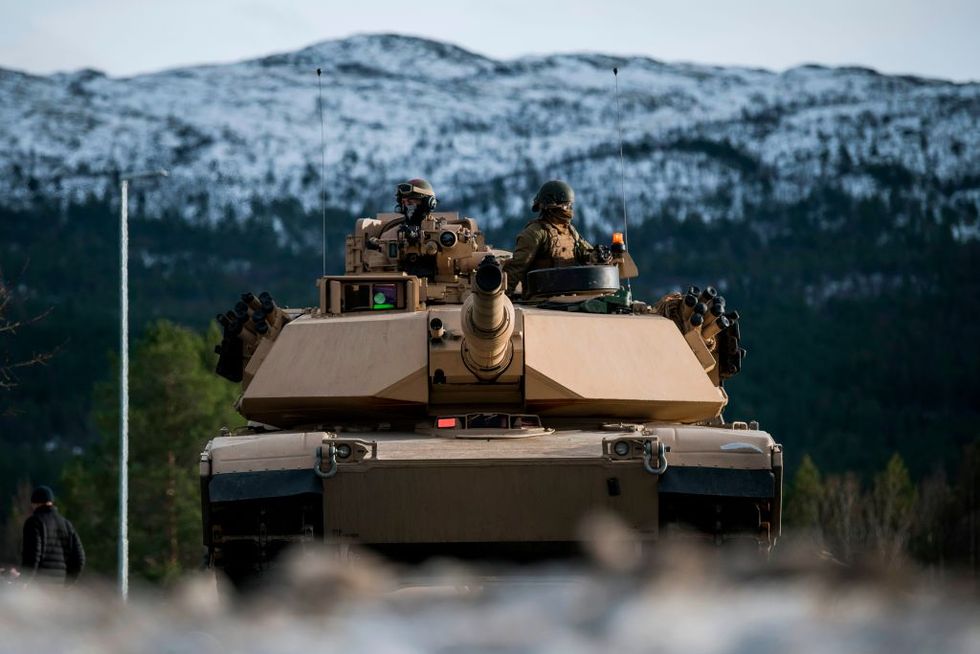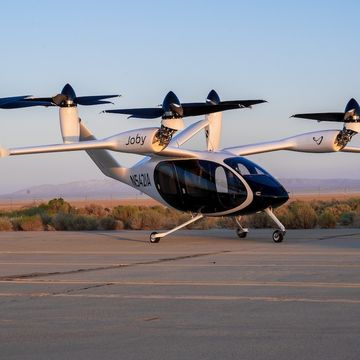In June 1941, Adolf Hitler's army swept into Russia during Operation Barbarossa, the largest invasion in history. The Red Army was badly organized, under-prepared, and stunned by a rapid Blitzkrieg, which destroyed their air force on the ground and surrounded and annihilated entire army groups.
But not everything went the Germans’ way. Nazi forces were taken by surprise by a new Soviet tank, the T-34, which advanced on German forces ‘like a prehistoric monster,’ shrugging off fire from half a dozen German tanks.
“Lt. Steup's tank made hits on a T-34, once at about 20 meters and four times at 50 meters…without any noticeable effect,” wrote one officer.
The T-34 seemed impervious to German weapons and able to destroy German tanks with ease. Panzer commander General Heinz Guderian saw the heavy losses inflicted by the T-34 and realized what a game-changer it was, outclassing his own Panzer IIIs and IVs.
“Up to this time we had enjoyed tank superiority, but now the situation was reversed,” Guderian wrote. “The prospect of rapid, decisive victories was fading in consequence."
This mass-produced machine of guns, cannon, and steel would help seal the fate of the Third Reich, and 80 years later, its influence can still be felt on the battleground. But the T-34 is also a 26-ton paradox. Because while it's considered one of the most influential tanks ever created, some experts consider it little more than a hastily constructed death trap.
The truth, like most things, lies somewhere in between.
“Steel! Steel! Steel!”
Years before Operation Barbarossa, Soviet T-26 tanks had easily outmatched German and Italian tanks during the Spanish Civil War. But they had some unacceptable weaknesses. The big problem was that the T-26 was too easily destroyed by light anti-tank weapons and even improvised weapons, liked Molotov cocktails.
“These tanks take heavy losses without fail,” wrote defense minister Voroshilov in 1937.
In response, Red Army planners drew up specifications for a new 26-ton medium tank, one which would be fast and mobile but also much better protected. It would also carry a bigger cannon than the T-26, giving it the ability to take on fortifications as well as enemy tanks.
This was a revolutionary concept. Previously tanks had been lumbering battleships or fast but fragile tankettes, so combining speed, protection, and firepower into one package was a huge challenge and would require an innovative design. Stalin signed the order to begin production in April 1940, and by June the first T-34s were rolling off the production line.
The most striking aspect of the T-34’s appearance was its angled surfaces. Rather than being a basic metal box like earlier tanks, the T-34 was carefully designed to present sloping armor faces to incoming shells. Striking at an angle had two effects: it increased the thickness of armor that a shell had to penetrate, and the oblique angle meant a shell was likely to glance off rather than going through.
The Soviets also developed a new type of steel for the T-34’s armor. Researchers at the Mariupol Factory in Ukraine spent years on the special MZ-2 alloy, which combined hardness with ductility and the ability to compress without breaking so it neither shattered nor gave way. This combination of steel and slope was incredibly effective.
“One determined 37mm gun crew reported firing 23 times against a single T-34 tank, only managing to jam the tank’s turret ring,” stated a German officer.
While other tanks were armed with 50mm (2-inch) caliber guns firing six-pound shells, the T-34 packed a new 76mm (3-inch) gun, the F-34. This fired a 14-pound armor-piercing projectile able to punch through two inches of steel armor at 1,000 yards. The T-34 also fired the F-354 high explosive round to knock out buildings or bunkers.
When the Germans introduced new tanks like the Tiger with ever-heavier protection, the Soviets fitted the T-34 with an upsized turret mounting and an even bigger gun, the 85mm ZiS-S-53, which remained effective throughout the war and long after.
In addition to the main armament, the T-34 also packed two machine guns, one in the hull and one coaxial with the big gun, for tackling infantry at shorter range. Later T-34s had pistol ports on either side of the turret if the fighting got really close-up.
The third aspect was mobility with the T-34’s 8.3-liter 500-horsepower V12 engine, giving an impressive top speed of 34 mph. Cross-country performance was vital, and special wide tracks exerted no more ground pressure than a human footprint. This allowed the T-34 to traverse deep mud and snow, where German panzers bogged down, a crucial advantage in Russia’s spring and autumn ‘mud seasons.’
The T-34 was designed as a low-cost vehicle to be mass-produced in large numbers. By the time of the German invasion, the Soviets had about 1,000 of the new tank. Many thousands more soon followed.
The T-34 was the backbone of the Red Army during the epic Battle of Kursk in 1943, the largest tank battle ever fought. The German plan was to break through and surround a Red Army group, as they had successfully done earlier in the war. This time though the Soviets counter-attacked. With the order “Stal! Stal! Stal!” (“Steel! Steel Steel!”), General Rotmistrov ordered the 5th Guards Tank Army into action at the Prokhorovka bridgehead held by German heavy tanks.
“About 150–200 meters in front of me appeared fifteen, then thirty, then forty tanks. Finally, there were too many of them to count," wrote one German officer.
Soviet and German forces closed to short range, where the superior mobility of the T-34s became clear.
“Deprived in the melee of their advantage in firepower, which they had enjoyed at the beginning of the offensive in the clash with our other armored formations, [the Germans] were now completely astonished by the Soviet T-34 tanks from shorter distances,” Rotmistrov wrote.
The Red Army still took heavy casualties, but they stemmed the German advance and the Prokhorovka bridgehead became a turning point. It was the end of the German strategic offensive, the tide turned, and it would soon crash on the streets of Berlin.
German General von Kleist called the T-34 “the finest tank in the world” and suggested the Reich should copy it rather than designing their own. While that idea was dropped, the T-34’s sloping armor was a strong influence on the next German tank, the Panther.
“We had nothing comparable,” wrote General von Mellenthin about the failed 1941 assault on Moscow. “They [T-34s] played a great part in saving the Russian capital.”
A Dream Tank Death Trap
While the T-34 may have been a war-winner, it had serious flaws. The small turret could only fit two crewmen so the tank commander doubled as gunner, severely limiting situational awareness in combat.
The cabin was also cramped, with U.S. Army analysts amazed that the crew could even get in while wearing winter gear. The lack of shock absorbers made for a rough ride when traveling cross-country, and the interior was extremely loud, making prolonged drives very fatiguing.
Worse from a combat perspective, the commander and driver had trouble seeing outside the tank. A German panzer was far more likely to see first and shoot first. Most early T-34s lacked a radio, so other vehicles in the platoon communicated with flags or just followed the leader.
The crash gearbox made changing gears hard work, and drivers carried a sledgehammer for when it got stuck. Engineering was poor compared to other tanks of the period, and T-34s were plagued with mechanical problems. Breakdowns were common, and some crews even took to carrying a spare transmission as they failed so frequently. The tracks were made of light metal and often came apart from battle damage or simple wear and tear, leaving the crew stranded on the battlefield.
The dream tank for generals could be a death trap for soldiers. Early T-34s had only one turret hatch, which was heavy and hard to open. If the tank was hit, crews were unlikely to get out before it exploded. The single heavy hatch was replaced with a pair of lighter turret hatches in 1942, significantly improving crew survival rates.
The protection wasn't great either. A U.S. Army metallurgical study found the T-34s armor had high hardness but was brittle, making it vulnerable to later, more powerful German guns. If hit hard enough, the metal tended to ‘spall,’ meaning that a non-penetrating hit showered the crew compartment with high-speed metal splinters.
Even the fire extinguishers could be hazardous. An analysis by the CIA noted that the extinguishers filled the crew space with toxic carbon tetrachloride, which the ventilation system could not clear out rapidly. Presumably, the idea was to save the valuable vehicle rather than the crew.
Another U.S. Army study of a T-34 concluded that the overall build quality and materials were poor and rated it inferior to American tanks in terms of ease of driving, maneuverability, reliability, and maintainability—in short, a lemon among tanks.
A Lasting Legacy
Since WWII, commentators in the West have been critical of the T-34, some calling it “the most over-rated” tank of the war. Much detailed analysis has been expended on trying to show that the T-34’s performance in action was really not that good.
However, the fact is that the Red Army won the war on the Eastern Front, largely thanks to its massive numbers of tanks. A phenomenal number of T-34s were built over its lifetime, over 84,000 in total, compared to just 1,347 of the celebrated German Tiger and 48,000 Shermans—the most-produced U.S. tank.
Red Army tank crews were badly trained and inexperienced compared to their German opponents. Their leadership was notoriously weak, partly as a result of Stalin’s purges of the officer corps. So inevitably, the Soviets lost a lot of tanks. But they won the war because they were able to build more than they lost, thanks to the T-34’s simple, practical design.
Many WWII tanks were obsolete by the end of the war. Even the U.S. M4 Sherman was superseded in 1949. But the T-34 remained in service for decades, and even now T-34s can still be found soldiering on in the arsenals of countries like Namibia, Bosnia and Herzegovina, and Laos. In 2014, two pranksters broke into a T-34 in a war memorial in Ukraine and succeeded in starting the engine, testimony to just how robustly it was built.
But the T-34’s biggest legacy has been in changing the direction of tank design. While the Germans experimented with heavy tanks like the Tiger, and dreamed of even bigger vehicles, these proved to be an evolutionary dead end. Eighty years after the first T-34 came off the production line, modern tanks—including the latest and greatest M1 Abrams—have followed the T-34’s formula of speed, sloping armor, and a powerful cannon.
The T-34 was a great and a terrible tank. The argument will likely last for another 80 years.

